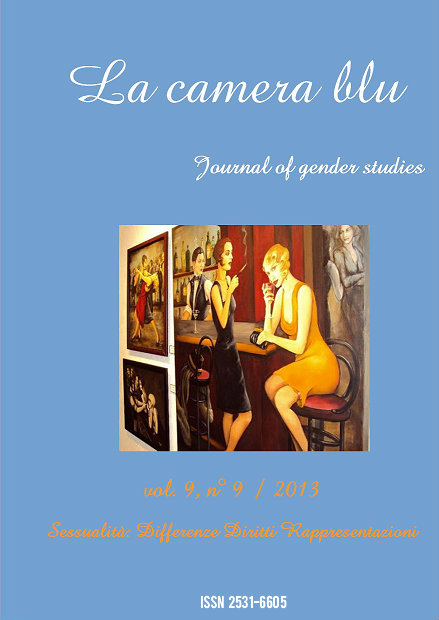Bodies and genres between plasticity, identity and cohesion of the self
DOI:
https://doi.org/10.6092/1827-9198/2012Keywords:
body, identity, gender, society, biopower, subjectivityAbstract
The body’s story is interwoven with the construction of social and individual identities, from gender issues. This review is meant to suggest tracks to deepen these issues in an interdisciplinary and multidimensional, with the aim to map historical, cultural, psychological and sociological route that the body has faced in modern Western society. The speech is rooted in historical hypothesis documented by Schettini in Il gioco delle parti which highlights those social and economic changes that characterize the transition between 800 and 900. The debate on the transvestism of the century opens to the medical discourse, psychological, psychoanalytic, sociological and legal. This is tackled by Valerio and Vitelli in Sesso e genere. Uno sguardo tra storia e nuove prospettive. At the end, the text of Putino, I corpi di mezzo, narrates the story of the body with references to feminism, biopower to biopolitics, race to come to the "subversive" of an emancipation "from itself" .
Downloads
Downloads
Published
How to Cite
Issue
Section
License
La camera blu is an open access, online publication, with licence CCPL Creative Commons Attribution 3.0 Unported


